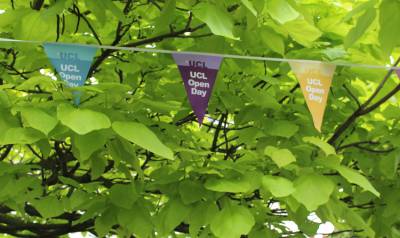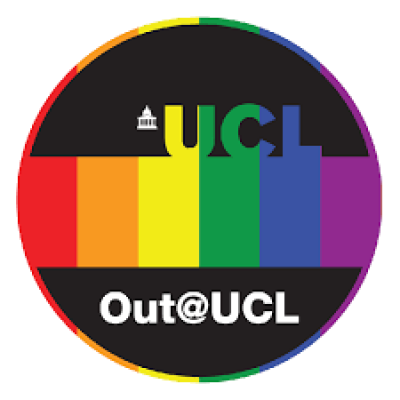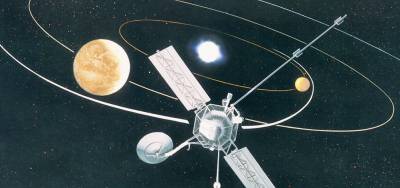Swift keeps flying
2 June 2014
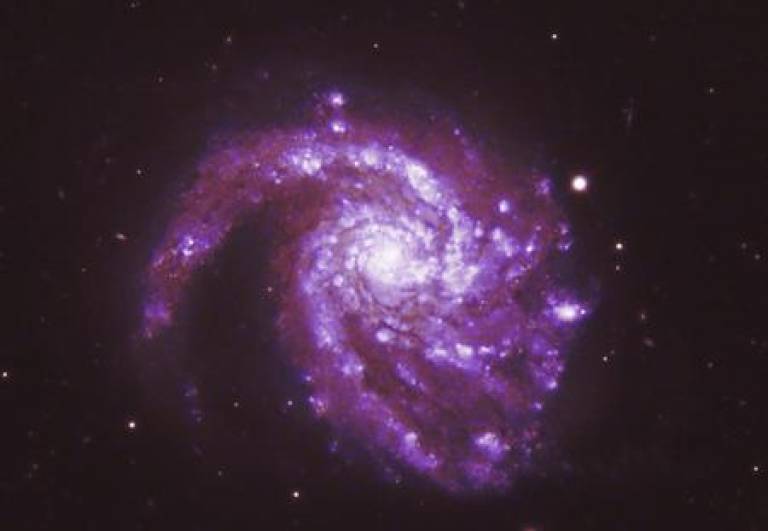
Every two years, NASA carries out a major review of its science missions to decide which to continue supporting. This year's review brought good news for the Swift mission - a satellite which surveys highly energetic cosmic phenomena, such as gamma ray bursts. Swift was ranked first, meaning it is guaranteed to get continued funding and support until 2016 and, subject to a further review, could continue to 2018.
One of the instruments on board Swift is the Ultraviolet and Optical Telescope (UVOT), a two-metre long telescope assembly rigged up to a camera system which can take pictures in visible and ultraviolet light. The telescope assembly was built by UCL's Mullard Space Science Laboratory.
The picture above, of spiral galaxy Messier 99, includes ultraviolet observations from Swift (marking out areas of intense star formation) in blue, and visible light in red. Below, the UVOT telescope being tested shortly before being loaded onto the spacecraft.
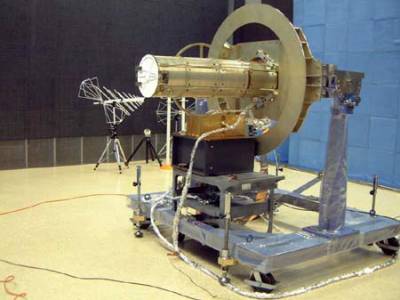
Links
High resolution images
UV and optical image of Messier 99
This image can be reproduced freely under the terms of the Creative Commons Attribution ShareAlike licence. Credit: Adam Block/Mount Lemmon Sky Center/University of Arizona (Optical) and NASA/Swift (Ultraviolet)
Photograph of UVOT undergoing testing
This image can be reproduced freely as is in the public domain. Credit: NASA
 Close
Close


